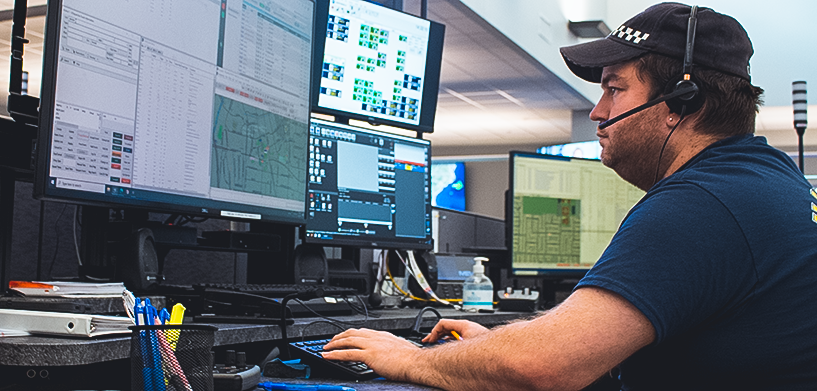What does consolidation mean in public safety? Generally, it entails two or more agencies coming together to serve an area, often combining to become one county or regional service. Many factors drive the push for consolidation, including staffing shortages, the rapid pace of technological innovation and the need for maximized efficiency in emergency response solutions.
As emergency communications centers (ECCs) and public safety answering points (PSAPs) look to consolidate, leaders may be daunted by the complexity of the task and the new challenges it brings — but it also offers many opportunities and benefits.
Challenges and benefits of consolidation
When ECCs and PSAPs consolidate, they may experience difficulties in change management. Agencies have important jobs that don’t allow them extra time to focus entirely on training to use new systems. This lack of downtime, combined with the existing challenges that inspired a move to consolidation in the first place, can result in high stress levels throughout agencies.
But what agencies will find, when they overcome that stress and those challenges, is that they are more resilient and better prepared to handle both day-to-day activities and larger emergencies. Apart from giving agencies the ability to better serve their communities, consolidation also makes officers in the field safer. With more hands on deck, law enforcement officers, firefighters and EMS personnel have a better idea of the situations they’re walking into. Knowledge is power, and for officers out in communities, knowledge is also safety.
“The very first benefit is within an area where agencies depend on mutual aid and collaboration; consolidation makes those situations easier,” said Hexagon’s Safety, Infrastructure & Geospatial division Director of Market Development Chris Carver. “Consolidations give agencies a common operational picture (COP) and updates on a situation without having to reach out to a separate entity.”
Using a consolidated public safety platform
Consolidation will make a public safety platform more complex, but with the right technology and partner, agencies can easily navigate the challenges and opportunities. Communication and collaboration are key to a successful consolidation project.
Collaboration between the agencies involved in a consolidation helps them reimagine their missions, goals and attitudes. Something as simple as determining agencywide and individual “whys” helps create a shared perspective and approach for unified operations. Likewise, a configurable public safety platform assists with keeping the mission — protecting residents — top of mind.
The public safety platform that’s right for your agency’s consolidation will help you streamline processes, give you a COP and be scalable and flexible to meet your combined agency’s needs. When you partner for consolidation, choose a vendor that is ready to adapt to your needs, business rules, service demand and more.
Factors to consider regarding consolidation
The things that make or break a public safety consolidation are collaboration and communication. Vendors assisting with public safety platform consolidation must focus on data sharing, accessibility and agency interoperability.
A common example of public safety platform consolidation is multiple rural towns coming together to form a county ECC or PSAP. To consolidate, all the agencies need to have a shared system, either by working from the same building or by choosing a single system to deploy throughout their region. The ability to work with surrounding agencies, with as much real-time data available as possible, is critical when an emergency happens. First responders on the scene need the right information at the right time, no matter how funding and organizations are set up, so it’s imperative that call takers, dispatchers and field officers all have instant, easy access to the latest COP.
The bottom line is this: public safety agencies can benefit from consolidation. In the control center, it provides easier access to data and streamlined workflows. In the field, it can translate to maximized response efficiency and more available help in a variety of emergencies. Communication with other agencies is vital, whether you’re in the process of consolidation or just considering it. Talking with colleagues in the same industry can help you discover solutions that may not have occurred to you before. You can also gain confidence in your decisions, especially regarding shared data storage and other resources.
Gathering information — and seeing first-hand how consolidation has helped others thrive — is the starting point of your journey. You can take your own steps toward consolidation when you’re ready.
Watch our vodcast about Texas A&M students who researched public safety consolidation.
Learn more about solutions that offer public safety agencies what they need when they want it.















